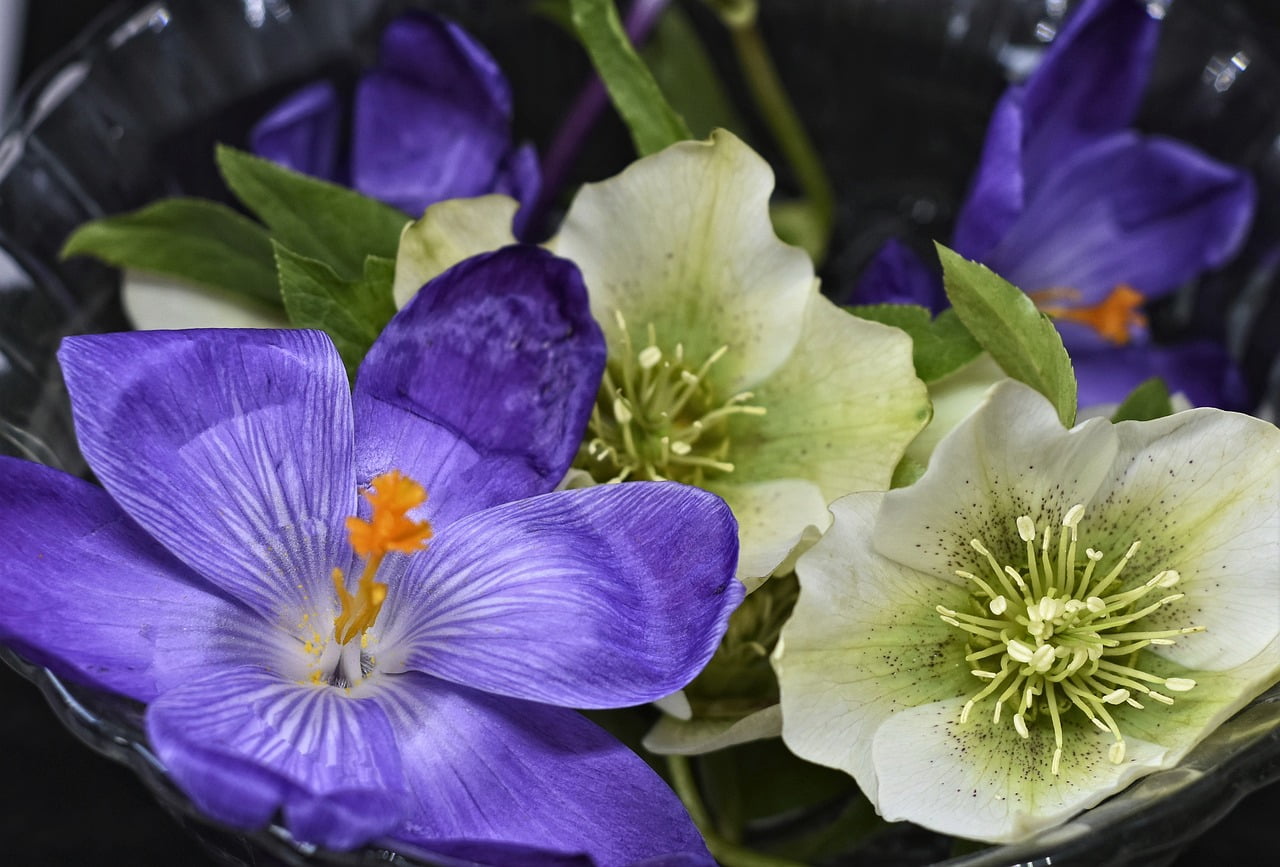
Helleborus and Planting: A Gardener’s Guide
Introduction
Gardening is a delightful and rewarding hobby that allows us to connect with nature and create beautiful outdoor spaces. If you’re a gardening enthusiast or just getting started, one plant you should definitely consider adding to your garden is Helleborus. In this comprehensive guide, we will explore everything you need to know about Helleborus and how to plant and care for it.
The Allure of Helleborus
Helleborus, with its charming common names of “Lenten Rose” and “Christmas Rose,” has an irresistible allure that draws gardeners and plant enthusiasts alike. One of its most captivating features is its early bloom, which often defies the cold winter or early spring weather. Picture your garden adorned with delicate blossoms in shades of white, pink, purple, and green, even when snow still blankets the ground – that’s the enchantment of Helleborus.
Varieties Beyond Compare
The world of Helleborus is as diverse as it is beautiful, with a plethora of varieties to choose from. While we’ve already introduced you to a few popular ones, there are many more waiting to be discovered. Some Helleborus enthusiasts dedicate their entire gardens to these plants, creating a breathtaking tapestry of colors and forms.
Helleborus Argutifolius (Corsican Hellebore)
This variety boasts spiky, evergreen leaves and pendulous pale green flowers. Its unique appearance adds an intriguing texture to your garden.
Helleborus x Hybridus (Hybrid Lenten Rose)
Hybrid Lenten Roses are prized for their exceptional range of colors and intricate, spotted patterns. They are the result of careful crossbreeding and selection.
Helleborus x Sternii (Stern’s Hellebore)
Stern’s Hellebore is celebrated for its striking foliage and creamy-green, nodding flowers. It’s an excellent choice for adding a touch of elegance to shaded areas.
Mastering Helleborus Planting
To cultivate a thriving Helleborus garden, you’ll want to master the art of planting these plants with precision and care.
Beyond the Basics
While we’ve touched upon the essentials of planting, let’s delve deeper into some of the finer details:
Seasonal Planting
Helleborus can be planted either in the fall or early spring, depending on your climate. Fall planting allows them to establish roots before winter, while spring planting can be done as soon as the soil is workable.
Soil Composition
Helleborus plants have a preference for rich, well-draining soil with a slightly alkaline pH. Amending your garden soil with organic matter like compost or aged manure can create the ideal growing conditions.
Spacing
When planting multiple Helleborus plants, make sure to space them at least 18 inches apart to allow for adequate air circulation and prevent overcrowding.
The Joys of Helleborus Care
Once your Helleborus plants are in the ground, you can look forward to minimal maintenance. However, a little care goes a long way in ensuring they thrive.
Winter Vigilance
During the colder months, you’ll notice the evergreen foliage of Helleborus remaining vibrant and lush. Remove any damaged or unsightly leaves in late winter to rejuvenate the plant and prepare it for spring.
Pest Prevention
While Helleborus is generally hardy and pest-resistant, it’s wise to keep an eye out for aphids and slugs. These critters can occasionally take an interest in your plants. Organic pest control methods or horticultural oils can help deter them without harming the environment.
Dividing and Sharing
As your Helleborus plants mature, they may become crowded, affecting their overall health and blooming. Every few years, consider dividing them to create new plants and revitalize the old ones. It’s also a fantastic opportunity to share the beauty of Helleborus with fellow gardening enthusiasts.
Conclusion
The world of Helleborus is a captivating one, filled with early-season beauty and enduring charm. By selecting the right varieties, mastering the art of planting, and providing care when needed, you can enjoy the enchantment of Helleborus in your garden for years to come.
FAQs
1. Can I grow Helleborus in containers?
Yes, Helleborus can thrive in containers, provided the pot has good drainage. Choose a compact variety and use a well-balanced potting mix.
2. How do I propagate Helleborus?
Helleborus can be propagated through seed or division. Division is the most common method and should be done in early spring or early fall.
3. Are Helleborus plants deer-resistant?
Yes, Helleborus is known to be deer-resistant, making it an excellent choice for gardens frequented by these animals.
4. Can I use Helleborus flowers in floral arrangements?
Absolutely! Helleborus blooms add an elegant touch to floral arrangements, and they can last for an extended period in a vase.
5. Are there any companion plants that pair well with Helleborus?
Helleborus complements a variety of shade-loving plants such as ferns, hostas, and bleeding hearts. Experiment with different combinations to create a visually stunning garden.